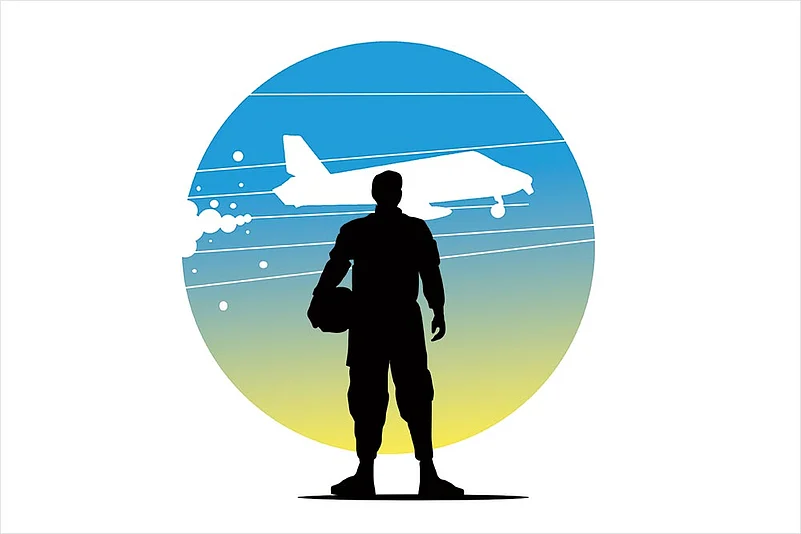A circle marks out September 5 for me on my life’s calendar. I celebrate it as my second birthday. I’d passed out from the NDA in 1973 as an air force cadet, and done two phases of my flying training—on the indigenous HT-2, and on Harvard T6-G, a US fighter plane of WW-II fame. The final phase awaited me at Air Force Academy, Hyderabad. It was to be on an HJT-16 Kiran, another HAL-built trainer aircraft.
I was elated to have N.M. Gupte as my instructor—the youngest and most vibrant MiG-21 pilot with over 1,000 hours of flying on the Soviet masterpiece and a ‘Master Green’ rated pilot for undertaking missions in poor weather. A hard taskmaster, he ensured I mastered every system on the aircraft—especially the ones related to safety, emergencies and ejection. That last one is Code Red: when you fly out of a crippled plane, propelled by rocket motor explosives, strapped to your seat.
September 5, 1974: a clear sunny day with strong winds. My first sortie on HJT-16. I walked to the aircraft with Gupte, did the external checks. He ensured I was strapped properly on my seat so my backbone wouldn’t be hit bad in an ejection. (Just as well!) He demonstrated the takeoff, climbout, and other manoeuvres. Once he gave me the controls, I found it quite simple to fly, unlike the HT-2. Finally, he was demonstrating the pattern to be followed for landing when he blurted it out…the engine had failed!
In that closed, air-conditioned cockpit, sealed from external noises, I hadn’t fathomed the fact. Get ready for ejection, he told me, deadpan. I took the correct posture and gripped the ejection seat handle, my mind both blanking out and trying to understand. I could see Gupte’s face turning red with anxiety. He tried to reignite the engine, but failed. He tried to jettison the canopy, again failed. We’d lost another 300 feet…. Another try at jettisoning the canopy. Another failure. Gupte ordered me to eject through the canopy. I hesitated…. Suddenly, a huge blast of air hit my face and body. The canopy had flown off! I pulled the ejection handle immediately.

















